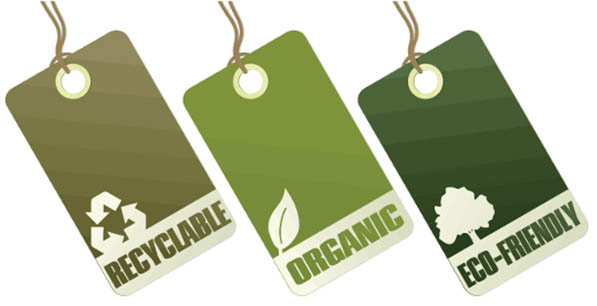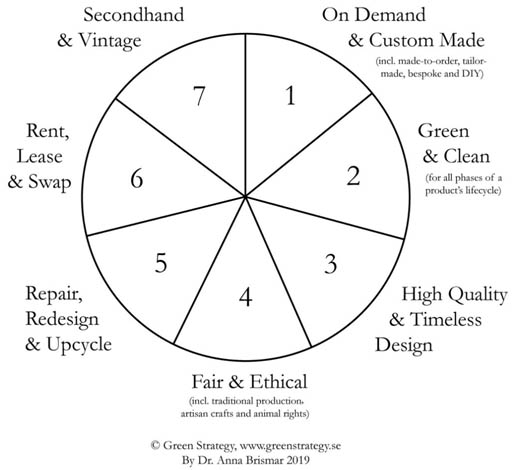-
Головне
-
«ЗА СТЯГ НАШ, ЗА ВКРАЇНУ»
Максим Бодяк, Дмитро Дубик, Володимир Григорук, Юрій -
ЖУРНАЛІСТИ ВАЖЛИВІ
У переддень професійного свята працівників радіо телебачення -
МОЗ ЗАСТЕРІГАЄ!
Міністерство охорони здоровʼя України попереджає про потенційні
-
-
Новини
-
ВОЄННИЙ Щоденник
-

«Лінія зіткнення»
В минулому житті пара весільних фотомайстрів, а нині – одні з найвідоміших у світі військових фотографів Костянтин та Влада Ліберови відкривають Читати далі… -

Війна очима братів наших менших
В український прокат вийшов документальний фільм «Ми, наші улюбленці та війна» блогера і мандрівника Антона Птушкіна. За задумом творців, це спроба Читати далі… -

Михайло
Я волонтерка в «Helpingto Leave» – організації, яка допомагає виїжджати людям з тимчасово окупованих українських територій, прифронтових зон та й із Читати далі…
-
-
Життя
-

Народжені перемагати
Чи знаєте, що у світовому рейтингу кіберспортсменів українці серед лідерів? І найпрестижніші чемпіонати виграють, із сотнями тисяч доларів призових. -

Моя європейська весна
Від самого дитинства мріяла подорожувати світом, відвідати чи не всі континенти та країни, зображені на карті. Як не дивно, але мрії -

Сьогодні в меню: сексизм, дискримінація та насильство
В соціальних мережах широко обговорюється скандал довкола харківського коктейль-бару «Поза зоною», на сторінці якого в інстаграмі розміщене меню з аморальними назвами
-
-
Тема
-

Мова – мій дім!
Думки пронизують мої самотні вечори, коли для рефлексії потрібна лише тиша. Я давно знала, що колись цей дім був навмисно зруйнований. -

Брудний слід «чистого бізнесу»
Відмова від усього російського. Або від того, що так чи інакше дотичне до цієї недоімперії. Відмовляємося від їхнього медійного простору, від -

«МОЗ, ізцілися саме!..»
Україна може опинитися на порозі кадрового голоду лікарів Міністерство охорони здоров’я пропонує свій варіант розподілу для інтернатури: студенти обох форм навчання
-
-
FICTION/OPINION COLUMN
-

“How can I be helpful?”
(opinion article) Very often I come across the question among foreigners, “How can I be useful?” I admit, it cannot help -

Magic Dough
(miniflash story) One grandmother was making pies. She kneaded the dough, prepared the filling and left the dough to rise overnight. -

Mascot
(miniflash story) Grandfather gave little Max a pebble; it was stunning and smooth. Max put it in his box of secrets
-
-
ФОТОБУК
-

“ВЧИТЕЛЬКО МОЯ…”
Квітень 18, 2024 -

ВЕСНА У КИЄВІ
Квітень 16, 2024 -

БАЛЕРИНА
Березень 29, 2024
-
-
ДАЙДЖЕСТ
-

Що чекає на вищу освіту у 2024 році
Два роки повномасштабної війни показали стійкість освіти, але водночас і гостру потребу переосмислення її змісту. Які зміни чекають на вищу освіту -

Від ракет «Patriot» до матері та її раритетної гвинтівки: українська протиповітряна оборона зсередини
Захист від повітряних загроз набуває все більшого значення, що робить Україну випробувальним полігоном для систем протиповітряної оборони. -

Вдячність Україні
Борги муляють, особливо муляють борги вдячності. Коли ми занадто багато винні іншим, нам може бути нелегко висловити свою вдячність. Якщо ми
-
НАШІ ПАРТНЕРИ:









































Залишити відповідь